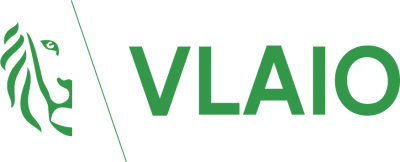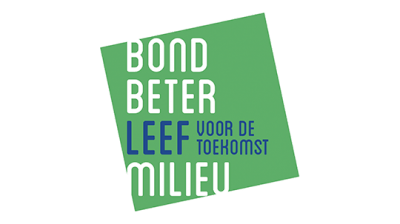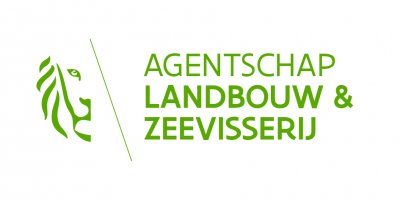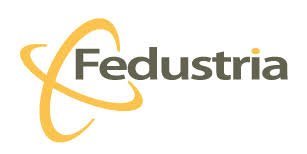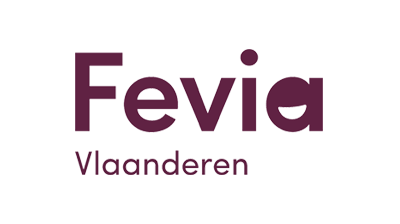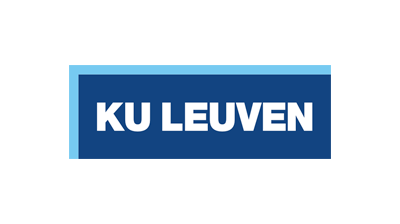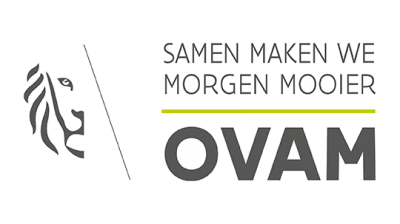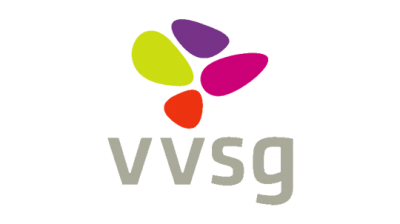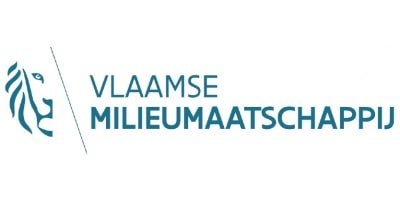Circulaire Revive Stadswijken
The power of moss and circular demolition
As a project developer, Revive coordinates the entire chain of a building project, from demolition and renovation to the final product. This gives us the opportunity to deploy various sustainable strategies. Together with our partners, we focus on efficiency improvement, so that we can reduce our consumption of raw materials and minerals. This is done both during the demolition phase and during the subsequent renovation and construction phase. Together with our architects and engineering firms, we try to design projects that reuse what is possible and make an effort to upcycle a used product.
We want to create a real sustainable impact, and do not want to use circular applications as greenwashing. That is why we think it is important that an application is right in all respects before we implement it. Of course, this requires the necessary research and experimentation. With this project, we can combine our knowledge from various projects, expand it with external expertise and experiment even further.
In the first part of the project, we mainly explored the circular network through seminars, workshops and consultations with others. We organised our own workshops and consultation moments with, among others, local residents, architects, contractors, OVAM, the Flemish Environment Agency, etc.
The second part was dedicated to concrete experiments with circular applications on existing Revive sites: Saffrou in Oudenaarde, the Agfa site in Edegem, Komet in Mechelen and Cinoco in Brussels. We investigated the reuse of drainage water on brownfield sites, the implementation of façade panels and floor gratings, the recycling of primary materials from concrete rubble, and so on.
Key results |
Key lessons learned |
|
|
What will the future bring?
For us, the end of this project certainly does not mean the end of our research into more circularity. On the contrary, we are convinced that it will play an increasingly important role in demolition, renovation and construction projects and that circular construction will become the new normal in the future. Therefore, we will continue to include specific expectations in the contracts with our contractors, subcontractors and engineering firms. The gaps that still exist in the system today will disappear over time and we will literally and figuratively do our circular bit.
In the course of the project, two new funds have also been set up to finance our projects. Investors are showing more and more interest because of the sustainability story. The corona crisis has accelerated a number of trends, such as the tendency to invest in ESG-rated investments. Investors nowadays also choose us because we create ecological and social added value.
